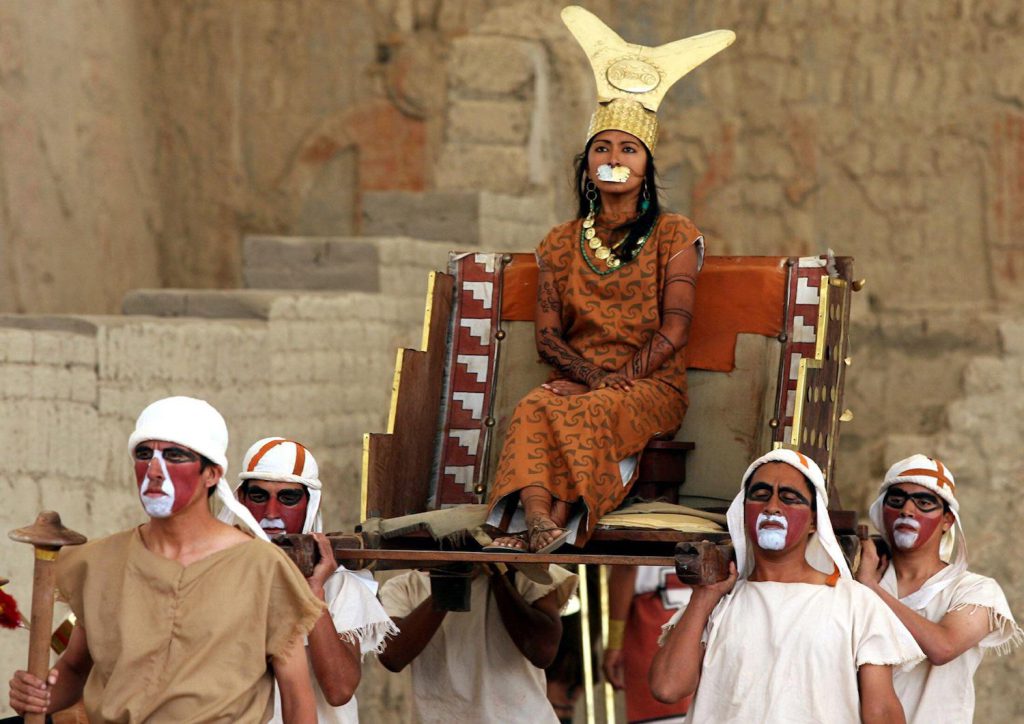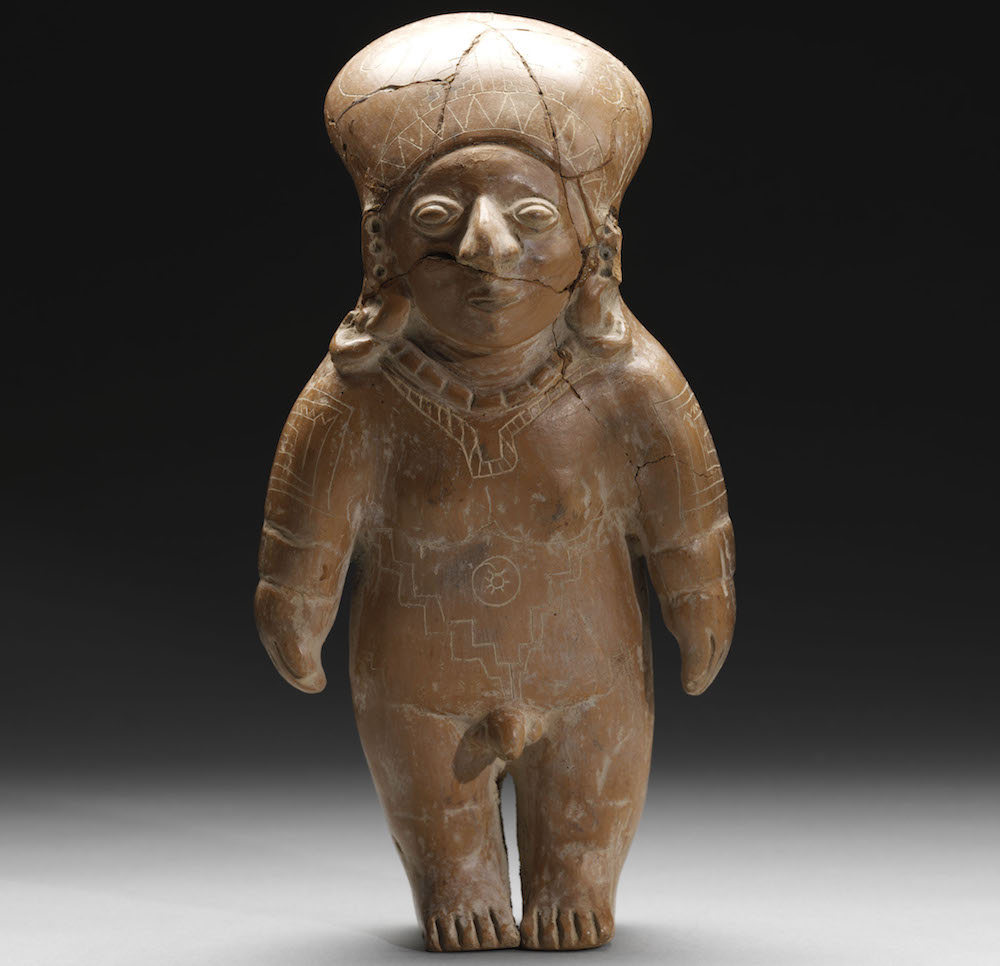Stop Erasing Transgender Stories From History

In 2019, the death of a 78-year-old man, Lourival Bezerra de Sá, made the news in Brazil. Despite the fact that the death occurred by natural causes, his body stayed over three months in police custody. The reason given by the authorities for the delay in allowing Lourival to be buried was that his documents, which identified him as a man, did not match the forensic report, which identified him as a woman because of his genitalia.
The media, appallingly, portrayed Lourival as a liar: as a woman who had masqueraded as a man. The pervasive use of Western binary notions of sex and gender by his society, forensic scientists, and the police effectively erased his identity as a transgender man.
Lourival’s postmortem story sadly constitutes yet another example of the erasure of gender diversity in the narratives about past and present times. The ongoing, pervasive belief that humankind is only made up of “men” and “women” contributes to the violence directed at transgender, intersex, and gender-nonconforming people. We urgently need to put an end to this erasure.
In regions of the world influenced by Western worldviews, masculinity and femininity have been directly associated with people’s genitalia and reproductive capacities. This notion purports a strictly binary division of human beings according to physical traits (sex), which in turn results in the attribution of social and cultural roles (gender).
While this division of the world’s inhabitants might seem natural to many, given the dominance of modern Western worldviews, anthropological and biological research shows that neither “gender” nor “sex” can be taken for granted. The idea of apportioning two options of social roles based on the format of people’s bodies cannot be projected onto all other times and cultures. In human bodies and human societies, multiple possibilities coexist in the spectrum of life experiences.
In contemporary societies where these possibilities have been forgotten or forbidden, individuals whose existences transcend sex and gender binaries have become the target of violence. Transgender and gender-nonconforming people count among the most assassinated people worldwide. In Brazil, the country where I live and work as a transgender, nonbinary archaeologist, 124 transgender people were murdered during the year 2019, and 175 in 2020.
The common perception is that something is wrong with us. There seems to be a general understanding that transgender people are a phenomenon of the 21st century, yet another awkward “rebel teenager” fashion trend. The erroneous idea that we, transgender people, “have no past,” feeds the notion held by many cisgender people that we don’t belong in the present.
While it is obviously important to expose and condemn transphobic violence, stories of violence, death, and pain cannot and should not be the only stories told about trans people.
As a transgender archaeologist, I often find myself overwhelmed with deep feelings of nostalgia when I learn about ancient times. Human beings have lived with fluid notions of masculinity and femininity in various cultures throughout most of human history without their existences being demonized and violated. Hijras in India, muxes in Mexico, māhū in Polynesia, and winkte in Lakota territory are but a few examples of people who are traditionally recognized and respected as belonging both to the masculine and feminine dimensions of humankind.
However, most of the stories about the human past that are produced within academic fields of study, including archaeology, are heavily influenced by the Eurocentric binary. By relying on this division of society, archaeologists and other heritage professionals have silenced many people’s existences in their work. They have also encountered many problems in their interpretations.
The erroneous idea that we, transgender people, “have no past,” feeds the notion held by many cisgender people that we don’t belong in the present.
A significant number of archaeologists have pointed to the fact that the division of humanity is rarely binary in ancient depictions of human bodies. In his study of late Bronze Age figurative art in Greece, archaeologist Benjamin Alberti demonstrated that not only was genitalia completely absent from the imagery, it was also impossible to rely on a clear and systematic association of color coding, physical attributes, or clothing conventions to attribute gender.
Archaeologist María Fernanda Ugalde has raised a similar issue in her analysis of over 3,000 clay figures from Ecuador, dating from as early as 3500 B.C. Other combinations of physical and clothing features than the ones fitting Western notions of sex and gender were present in those figurines: For example, breasts were depicted with male dress and a lack of breasts with female dress.
Some individuals buried with objects typically attributed to “men” or “women” have also been identified with a different biological sex. In Peru, the burial of a mummified Moche person from the first millennium was found alongside signs of royal power, such as nose ornaments and gold war clubs, that have typically been interpreted as belonging to elite male warriors. The analysis of the remains, however, surprised archaeologists, who determined that they belonged to a biologically female individual. The story of the Lady of Cao is currently told as one of a powerful woman, possibly a high priestess or even a rare female ruler. That story still fails to acknowledge the possibility that the Lady of Cao may have identified as something other than a man or a woman.
Pamela Geller, a bioarchaeologist who specializes in the analysis of ancient human remains, has pointed out that researchers’ estimates of biological sex are typically tied to five categories: ambiguous, female, probable female, male, and probable male. But that ambiguity, she notes, is perceived as belonging to the researchers’ certainty, and not to the individual’s sex. That, she says, needs to change.
Despite the fact that archaeologists regularly come upon evidence that some people did not fit sex and gender binaries, those researchers still have a tendency to diminish their relevance, relegating them to “anomalies” or “ambiguous cases.” That impression is then reproduced by the media and contributes to erasing the stories of people who embodied fluidity in their masculinity and femininity.
It is time to stop silencing these past and present existences.
Education is key to stopping the violence toward present-day transgender, intersex, and gender-nonconforming people. There needs to be a certainty for everyone—including archaeologists and the general public—that we, transgender people, are and have been part of humanity since its beginning. People need to learn from our knowledge and life experiences, and fight alongside us for our rights. Making sure we stay alive and visible will help show those who are not used to our presence that we do belong.
It is also crucial that the people telling stories about the past understand that they have a responsibility toward transgender people. These stories, whether they are told to the public in a school setting, in museums, in newspapers, or through movies, should include and highlight the existences of people who do not identify with binary genders.
Specifically, we need cisgender archaeologists to transform the way they look at the archaeological record. Before creating interpretations, they should be ready for possibilities of existences that do not fit a strict division between men and women, or between males and females. Some great work is already underway, including archaeologist Mary Weismantel’s “Towards a Transgender Archaeology: A Queer Rampage Through Prehistory.”
It might seem scary for cisgender archaeologists and other heritage professionals to abandon binary notions of gender and sex as categories of analysis, given the central place they have occupied in the history of anthropological science and how natural they feel in modern Western societies. But such a transformation represents one possible pathway to preserving transgender lives. Holding on to the Western gender binary causes harm, even death, both in the past and present.


































